Wethje GmbH – highly specialized yet diverse
With its comprehensive spectrum of expertise, Wethje Carbon Composites GmbH is the ideal partner for industries as diverse as motorsports, mold manufacturing, automotive and aerospace – Wethje GmbH always has the right manufacturing solution to assure quality and quantity.
Company
Wethje Carbon Composites GmbH
Location
Hengersberg, Germany
Focus
Visible and structural parts, exterior skin elements, prototypes and pre-series parts, composite tooling, aerospace parts, products for industrial applications
Benefits:
- Manufacturing methods for any task
- Fast and flexible
- Automated 2.5D machining
Sector
Aerospace
Automotive
Published
2017
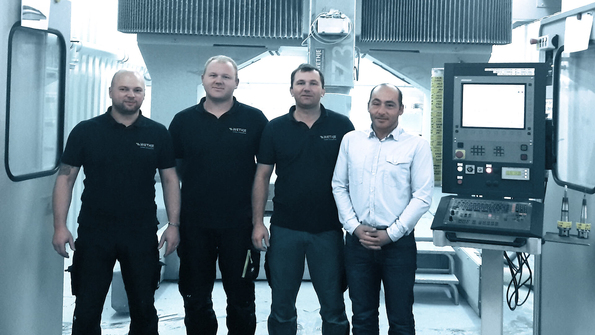
Interviewee: Thomas Reitberger, Christian Seis, Richard Kurz, Ercan Yalcin, Technical director, Nc programmers and Sales Manager
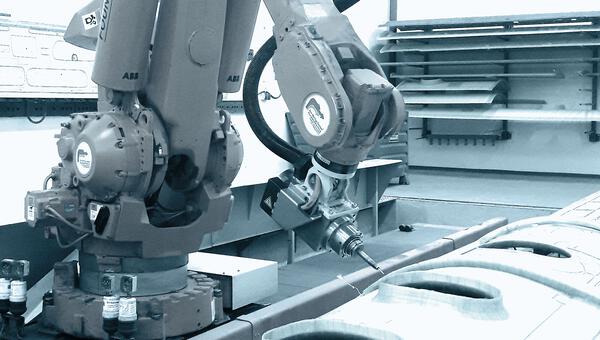
When we decided to go with Tebis, we really hit the bull’s-eye. The collision checking is also very precise – better than what we saw in other systems.
Tebis also supports robots – these are much more cost-effective than a milling machine in many cases
Brothers Reinhard and Reimer Wethje could hardly have picked a better year than 1979 to head for the starting line with their team of ten employees, all avid motorsports fans. Over the following decade, rallying boomed, cult cars grew in popularity and road cars grew in horsepower.
Wethje GmbH specialized in manufacturing lightweight carbon-fiber parts. Wethje parts helped to launch the legendary Audi Quattro, the first vehicle with all-wheel drive on Germany's roads. Alpina racing and mass-production cars also include components manufactured by Wethje. With two locations – the headquarters in Pleinting and a branch in Hengersberg – and nearly 270 employees, Wethje is currently one of the leading manufacturers of carbon-composite parts for international motorsports, premium sports cars and mass-produced vehicles, as well as for aerospace and industrial applications. Investors include Mitsubishi Chemical Holdings, with 82 percent of shares, and Cross Industries AG, with 18 percent. Wethje acquired the aerospace industry as its second major sector thanks to Florian Anzeneder, who initially started as sales manager at Wethje and was named as a second managing director next to Takashi Morishima in 2015.
Manufacturing methods for any task
Services include prototype construction and series manufacturing of structural, outer skin and visible parts, as well as manufacturing of interior and exterior components for aircraft. In mold manufacturing, the company manufactures master models, master molds, composite dies and devices. Manufacturing methods are precisely tailored to specific customer requirements, including part size, materials, quality standards and quantity needed. A total of 11 different autoclaves are available, including versions suitable for thermal treatment of large single parts. The company also offers Out of Autoclave technology for curing smaller complex parts in large quantities. With this technology, a single employee can operate multiple precision dies in parallel. In addition, the company currently has in use four CNC machining centers, six die presses, four milling robots and a water-jet cutting robot. Emphasis on quality control: Technology for ensuring high-precision testing includes a climate-controlled measuring room with a 3D measuring machine, a mobile Faro arm, a mobile ultrasound unit, DSC analysis capabilities, and a light tunnel for testing optical applications. Additional capabilities include methods such as lost wax and vacuum infusion.
Clear structures

Internal processes were continuously improved as the company grew: "We have optimized our internal structures so that we can now offer the appropriate solution quickly and flexibly in every situation," says Sales Manager Ercan Yalcin, who has worked at Wethje for 21 years. "We have clearly divided the manufacturing areas between the two sites of Pleinting und Hengersberg." We set up a center of competence in Hengersberg, where a specialized core team deals primarily with motorsports and special designs, along with prototype and small-scale manufacturing. Our highly effective team quickly completes even complex special orders with a minimum of fuss. In Pleinting, the focus is on series production.
Thomas Reitberger – Technical Director in mold manufacturing and one of the "old hands" after 14 years at Wethje – likes to use the example of prototype and mold manufacturing to explain how the team always keeps an eye on the entire manufacturing chain. Reitberger is an expert in logistics and processes: "We generally come in right at the start, since many adjustments that can simplify NC programming are already possible in the design phase. And NC programming, in turn, has a tremendous effect on all subsequent processes. It’s a linchpin for the quality, speed and reliability of the overall manufacturing process."
NC programming – automated and flexible
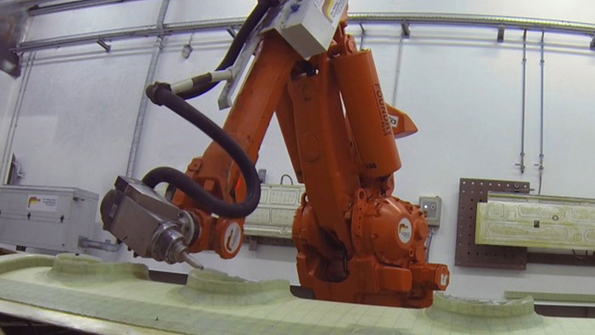
The two NC programmers, Richard Kurz and Christian Seis, speak glowingly of how Wethje was able to significantly improve its efficiency by modernizing the programming process. Kurz – with Wethje since 1997 and specializing in the production of jigs and fixtures – has followed this process from the beginning: "Up to the late 90s, we almost always did our programming on the machine, which wasn't very cost-effective – it was clear that we needed a CAM system." Industry colleagues consulted at the time recommended the Tebis CAD/CAM system. "When we decided to go with Tebis, we really hit the bull’s-eye," says Kurz. "We were immediately impressed by the many milling strategies for all of our application areas. The collision checking is also very precise – better than what we saw in other systems." He especially likes the concept behind software development at Tebis: "It’s consistent and perfectly matches our needs." When asked what he means by this, Kurz explains: "Like us, Tebis always has the entire process in mind. The combination of automation and flexibility is just superb."
Tebis scores with process libraries and templates
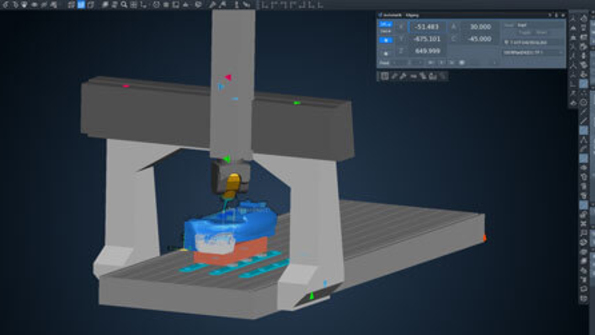
"The NC templates and variable methods have huge advantages," says Kurz. "We have worked together with Tebis Implementation to overhaul our process libraries and implement special training for our teams. Now, our processes are standardized, we work efficiently and reliably, and any employee can access all of our manufacturing knowledge at any time. We estimate that automation in programming reduces our manufacturing times by 30 to 40%." "We use the automated technology for features primarily for drilling and thread cutting," adds Kurz's colleague Seis, who has been with Wethje for four years. "The part surfaces can be easily linked with the NC templates – for example, using layers – for specific processing sequences such as thread tapping and countersinking. Basically, we no longer have to do anything by hand."
High flexibility in 5-axis machining
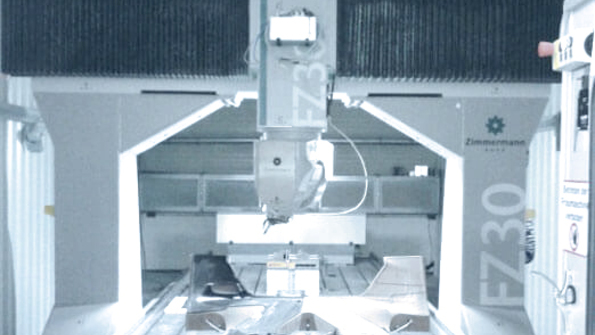
Kurz also praises the flexibility of NC programming with Tebis: "Our tasks in the 5-axis area include trimming, scribing on the model, prototype trimming and small-scale trimming. We have an enormous component spectrum, ranging from parts the size of a thumbnail up to those the size of car hoods. These are nearly all single-part prototypes; we don't make any parts twice. That’s why I have to be able to respond and quickly program in all of the automation steps to prevent any loss of time on the machine." Kurz praises the extensive flexibility Tebis provides in machining of surfaces and curves, as well as swarf milling: "For example, the tilt and rotation axes can be fixed in curve machining: Previously, every tilt direction had to be input manually. Now it's automatic, so I can fix the tilt axis at 45° while the rotation axis continues to vary." "Tebis also supports robots – these are much more cost-effective than a milling machine in many cases," Seis adds.


